Love Me, Love My ADHD by Chrissie Davies and Trish Burton is a heartwarming, empowering and delightful book that shines a light on the world of children (and families) living with ADHD. It is an optimistic reminder that each individual is unique – children with ADHD are not all the same. This important picture book highlights the strengths and strategies applicable to embracing, supporting and championing these children in meaningful, non-judgemental and individual ways. During and following your reading of this colourful, inclusive book, students can explore a range of fun learning tasks and activities to understand this complex neurotype a little better.
For ages 5+.
Discussion:
Ask students to share their thoughts as a class or with their peers:
Before Reading –
- Do you understand the meaning of the term ‘neurotype’ or ‘neurodiverse’? Explain that it is a way that brains work – connection with the world and processing of information – that may present in behaviours a little differently to others. Give examples. Could this be someone you know?
- Focusing on ADHD, this is an acronym for Attention Deficit Hyperactivity Disorder. Can you tell just by looking at someone if they have ADHD? Why or why not?
- Should people with ADHD be treated differently, and how can this be fair to everyone? What does it mean to be ‘inclusive’?
- List some positive things you know about someone with ADHD.
- Look at the cover of Love Me, Love My ADHD. What do you see? What does it make you wonder? How do you think the characters are feeling? How do you know? What does it make YOU feel?
- What do you think this story might be about?
During Reading –
- Select a page or specific pages to discuss. What did you learn from this page? What new or unfamiliar terms have you come across? What facts did you not know before reading? What else would you like to learn about?
After Reading –
- How did you feel about the story? What is the most interesting thing you found out?
- How can you relate to this book? List several ways you relate to the text.
- What did you like about the illustrations? How do they portray different feelings, emotions, behaviours and strategies?
- Find and brainstorm all the different emotions explained in the story. Make a colourful chart with illustrations.
- Find and list different strategies used by and for children with ADHD to help them reach their potential.
- What is the most important message/s from this book? (Love, support, acceptance, accomplishments, etc).
Activities:
English
- Select and write up to seven new vocabulary terms with their definitions in lines of a rainbow. Colour in different shades. Terms might include; neurotype, proprioceptive, interoceptive, vestibular, inattentive, hyperactive, dopamine, fluctuate, sensory, executive function, etc.
- Write a haiku or acrostic poem about an activity that makes you feel calm / content / creative / curious.
- Write a reflective recount about a time you felt frustrated or angry, or experienced a sensory overload. What happened? What were your thoughts and feelings in that moment? What strategies did you use to overcome the BIG feelings?
- Thinking Tools: In a Venn Diagram, write down the similarities and differences between Clancy and Tully, or between inattentive and hyperactive types of ADHD, or between different emotions or situations.
- In a Concept Web, brainstorm and list all the strategies you or your friends could use in moments of difficulty. Remember to include positive talk and ways of thinking. Colour and display like pretty flowers.
- Write a diary or daily / weekly schedule to plan your activities and routines. This can help with skills like planning, memory and time management, which are important for effective executive functioning.
Science
- Explore the science behind rainbows with a range of activities. Some can be found at Steamsational.
- Discover how a volcanic eruption works with this fun baking soda and vinegar science experiment at Science Fun for Everyone! This can be adapted to include ‘tubes of emotions’ by adding food colouring to each tube to represent various emotions.
- More ‘weather’ science and STEM experiments, as representations of emotions, can be found through I Game Mom.
Health and Physical Education
- Students can explore healthy relationships and healthy minds through physical, social and emotional learning activities, such as their favourite sports or games, drama and role play, studying nature and environment, quiet and reflective tasks or arts and crafts.
Love Me, Love My ADHD is written by Chrissie Davies, illustrated by Trish Burton and published by Chaos to Calm Consultancy. More resources can be found through Chrissie’s website. Notes prepared by Romi Sharp of Books On Tour PR & Marketing. Activity sources have been credited.
Chrissie can be found at her website: https://www.chaostocalmconsultancy.com/ and on social media at Facebook & Instagram
Love Me, Love My ADHD is available for purchase at:
Join this bright and colourful campaign with Chrissie Davies and her empowering and valuable picture book, Love Me, Love my ADHD, captivating readers across the blogosphere!
#lovemelovemyadhd #neurodiversity #acceptance #family #picturebooks #justkidslit













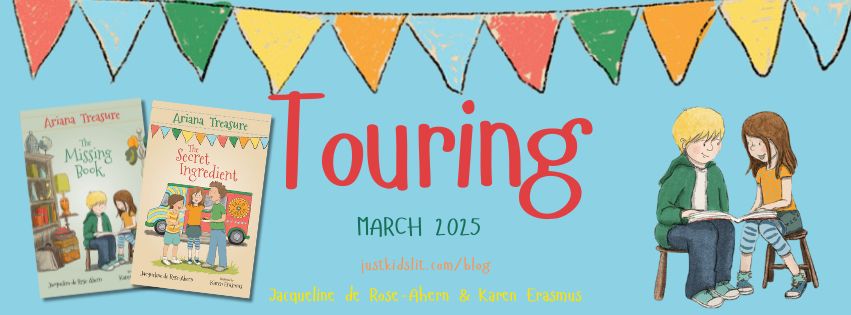
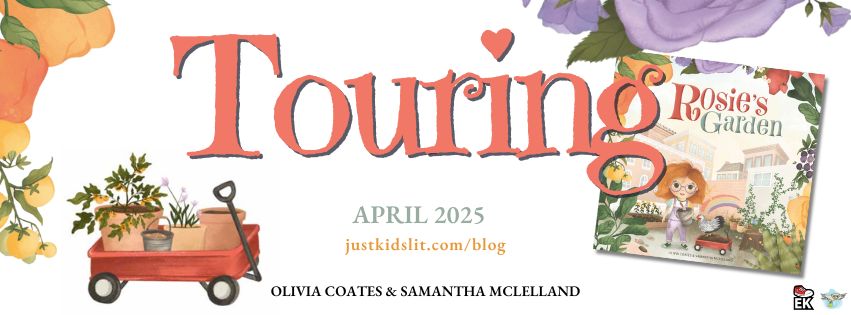
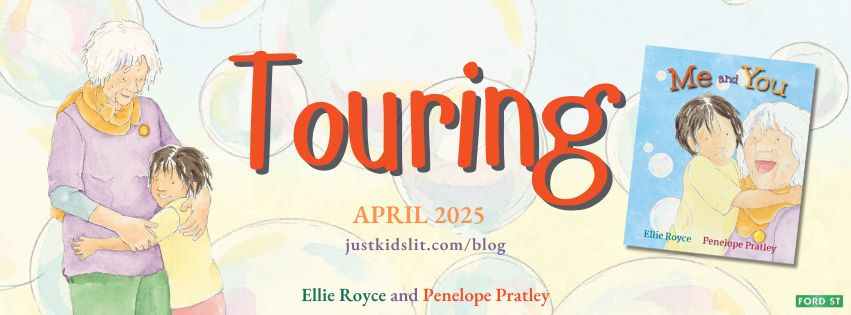
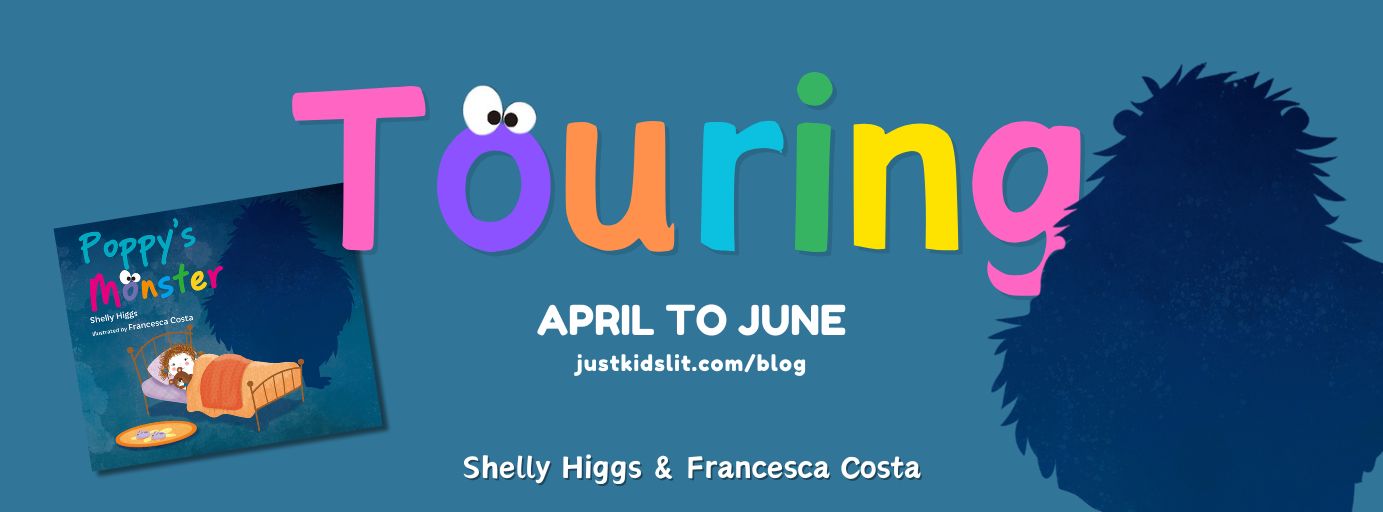
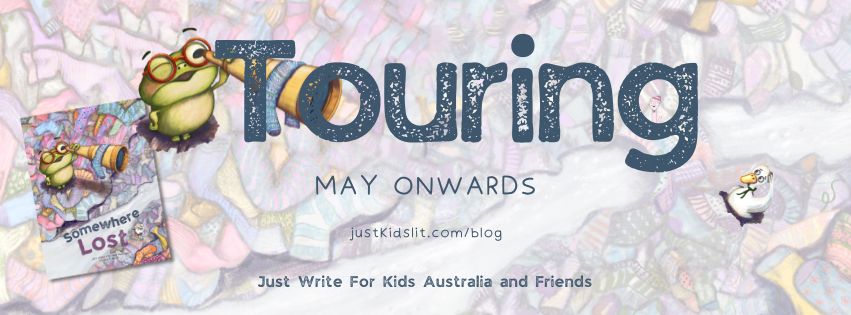





3 thoughts to “Love Learning with Love Me, Love My ADHD”
Great activities for a lovely book, Romi.
Thanks, Norah! Chrissie’s book has so many great learning opportunities! 🙂 x
It does!